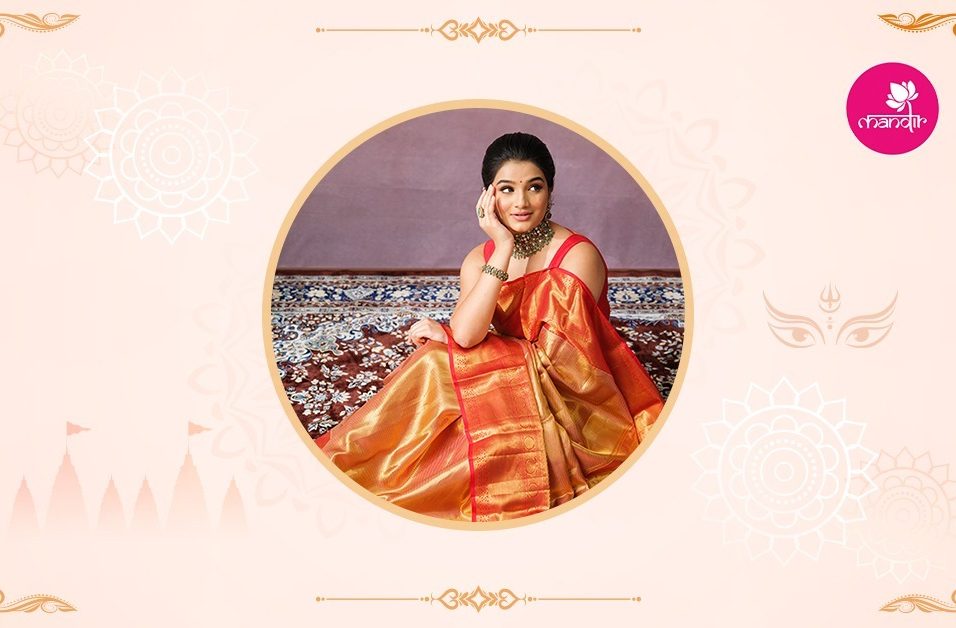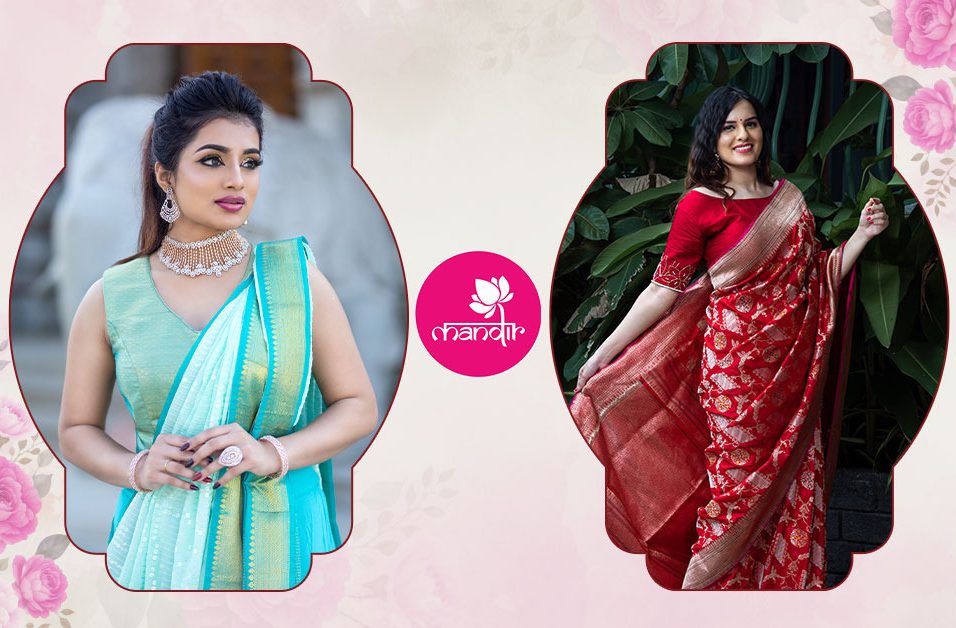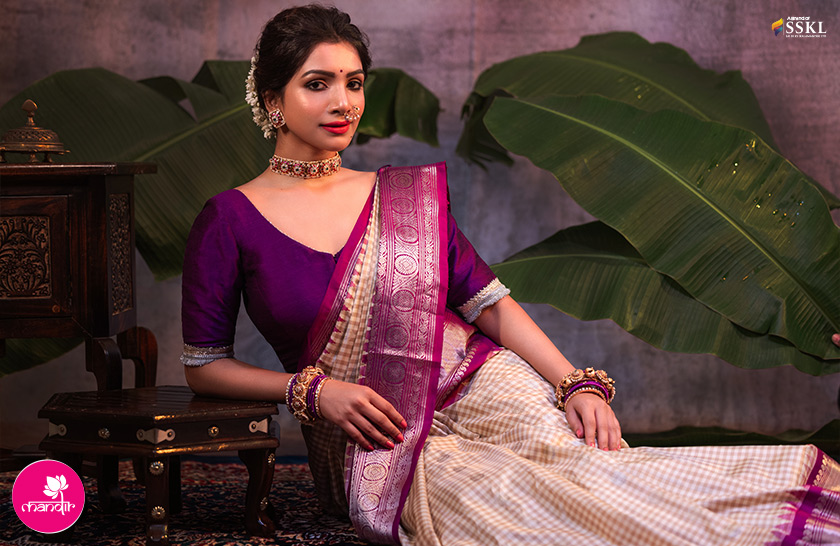The Motifs of Kanchipuram
Motifs and patterns are not just decorative elements or something put on a saree to fill it. These are developed from different permutations and combinations of geometry. Motifs can be described as the elements which are used in Indian textiles since primeval times and are passed from one generation to the other. Our traditional motifs are deeply loved and influenced by religious beliefs, culture, nature, socio-economic factors, architecture, history, and many more. Each motif has a concoction and a symbolic representation that connects you to history and mythology. This makes their presence dual in the form of an aesthetic appeal and gives a drape the traditional value.
Indian weavers are known for depicting classical motifs drawn from nature like the peacocks (mayil), the lotus (kamala), the lion (simha), the tree of life (kalpa vruksha), the elephant (yanai), the Vase of Plenty (Purna Kumbha), swan (hamsa) and others in their handwoven textiles, which have been in existence for more than 2 millennium years. Kanchipuram sarees are also well known for temple motifs depicting the art and architecture of the city. Earlier, real gold or silver zari was used to enhance the designs. In current times, zari has been replaced by silk or metallic threads that come in natural shares of gold and silver.
Brand Mandir possesses a rich collection of Kanchipuram weaves that are handpicked from the city of Kanchipuram. With an eye for detail, we pick weaves that are pure and authentic.






